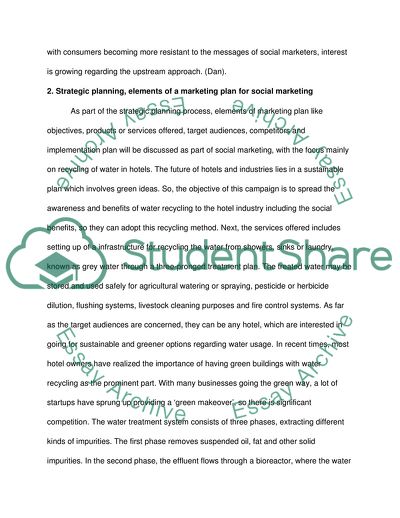Cite this document
(Social Marketing in the Age of Direct Benefit and Upstream Marketing Assignment, n.d.)
Social Marketing in the Age of Direct Benefit and Upstream Marketing Assignment. https://studentshare.org/marketing/1744050-socail-markting
Social Marketing in the Age of Direct Benefit and Upstream Marketing Assignment. https://studentshare.org/marketing/1744050-socail-markting
(Social Marketing in the Age of Direct Benefit and Upstream Marketing Assignment)
Social Marketing in the Age of Direct Benefit and Upstream Marketing Assignment. https://studentshare.org/marketing/1744050-socail-markting.
Social Marketing in the Age of Direct Benefit and Upstream Marketing Assignment. https://studentshare.org/marketing/1744050-socail-markting.
“Social Marketing in the Age of Direct Benefit and Upstream Marketing Assignment”. https://studentshare.org/marketing/1744050-socail-markting.


